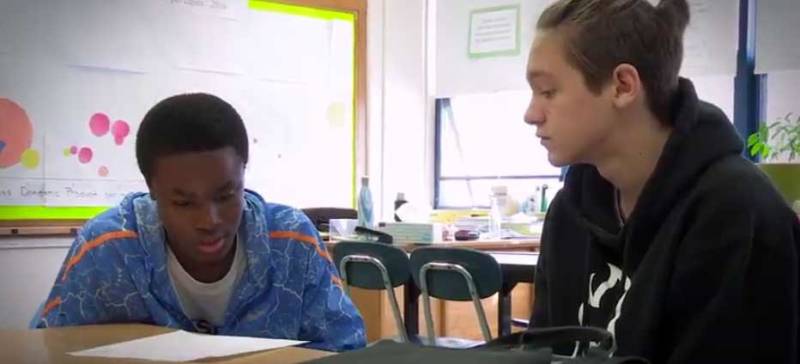When students feel they belong at school they also feel respected and ready to learn. That's why teachers work so hard to create a class environment where every student feels able to contribute and be heard.
"As human beings, one of the most essential needs we have is the need to belong," said Dr. Linda Darling-Hammond, President and CEO of the Learning Policy Institute in an Edutopia video series on the science of learning. "When that sense of belonging is there, children throw themselves into the learning environment and when that sense of belonging is not there, children will alienate, they will marginalize, they will step back."
Classroom norms are one way to make sure everyone is on the same page about how to treat one another in academic spaces, and they're even more powerful when kids come up with them.
"To begin nearly every class, I start with the norms," said middle school social studies teacher Bobby Shaddox. "We developed this list of about ten adjectives. The classes that go really well are the classes when I start off reflecting on the norms and using those norms to articulate how our class will run well."
In addition to giving students a shared language to talk about the learning community, teachers can use specific strategies like "I notice, I wonder" to engage learners in a topic no matter their starting point. With many learning needs in a classroom, this practice gives students time to think to themselves, as well as time to learn together. It also builds confidence because there are so many entry points for noticing and wondering.
" 'I notice, I wonder' just brings the conversation to a place where all people can contribute," said math teacher Ann Young. "It gives everyone a voice. It allows kids to listen to other people's ideas before they do the analysis. So, it's like a way to collect information collaboratively, but allowing time to think first."


